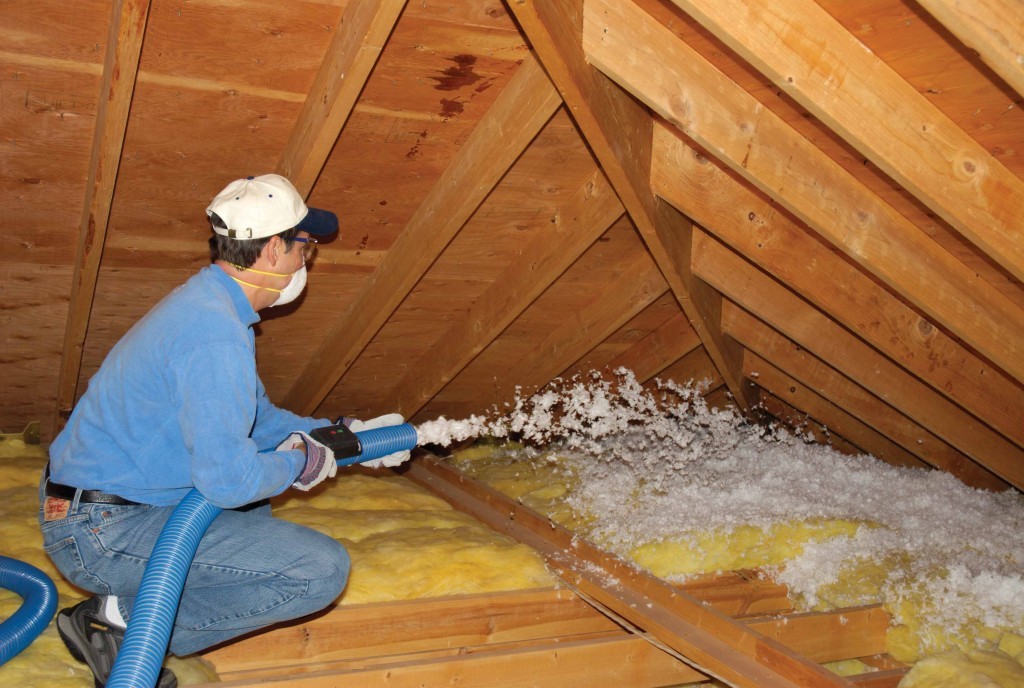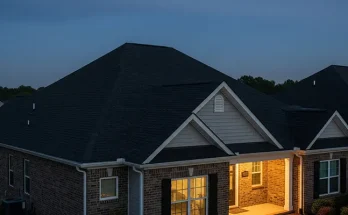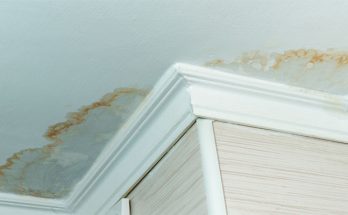If your house has been cold this winter, it may be time to consider Pittsburgh fiberglass insulation. Your comfort depends on more than the efficiency of your heating system. The quality of your home’s construction, especially its insulation, also matters.

How Insulation Works
Heat flows from hotter areas to cooler areas. Therefore, in winter, heat from inside the home will tend to flow out of the home. In summer, heat from outside will tend to transfer inside the home. Insulating materials trap air in its layers which resist heat flow. In general, greater numbers of layers will result in less heat transfer.
Contractors will discuss insulation materials in terms of its R-value. The greater the R-value, the more it resists heat transfer. You will want to select the material that suits your climate and heating system. Websites for government energy agencies contain information about recommended R-values for different climate zones. Keep in mind that the amount of insulation that was required at the time that your home was built may not match today’s standards. Government agencies have increased R-value recommendations.
Cost Savings of Proper Insulation
Heating and cooling needs contribute a large percentage of a home’s energy costs. Utility bills can fluctuate wildly depending on the weather and the time of year. Reducing heat transfer with insulation will help lower your energy bills and make them more predictable. In addition, you can ask your tax professional if your city, state, or country offers tax credits to offset the cost of energy improvements.
To enjoy the greatest savings, make sure that you also seal all air leaks in your home. A professional home energy audit, offered by many utility companies and local government agencies, can help you find the air leaks. Be sure to check around all doors and windows. In addition, check areas where plumbing pipes, telephone lines, and electrical wires go through walls.
Stay warm and cozy this winter, without spending a fortune in energy bills. Check that your home’s insulation meets current standards.





